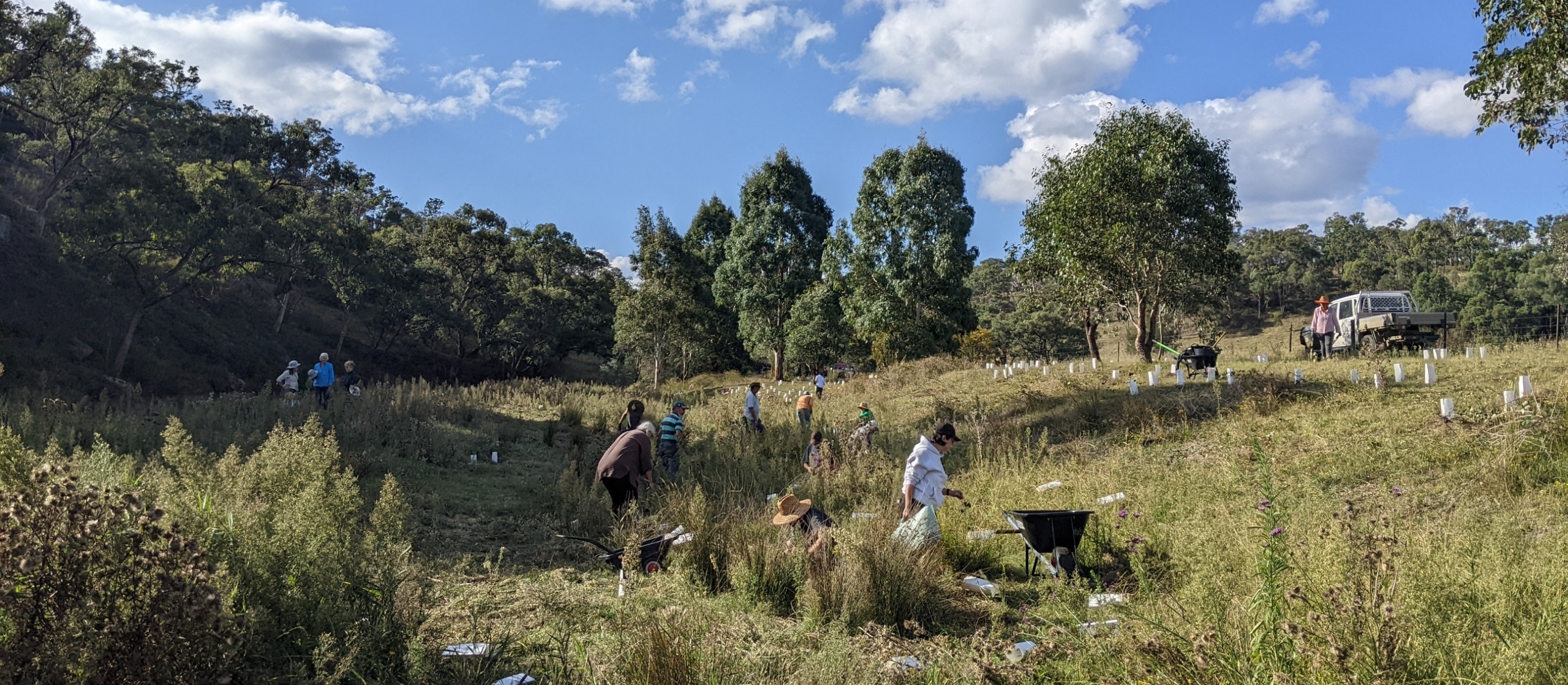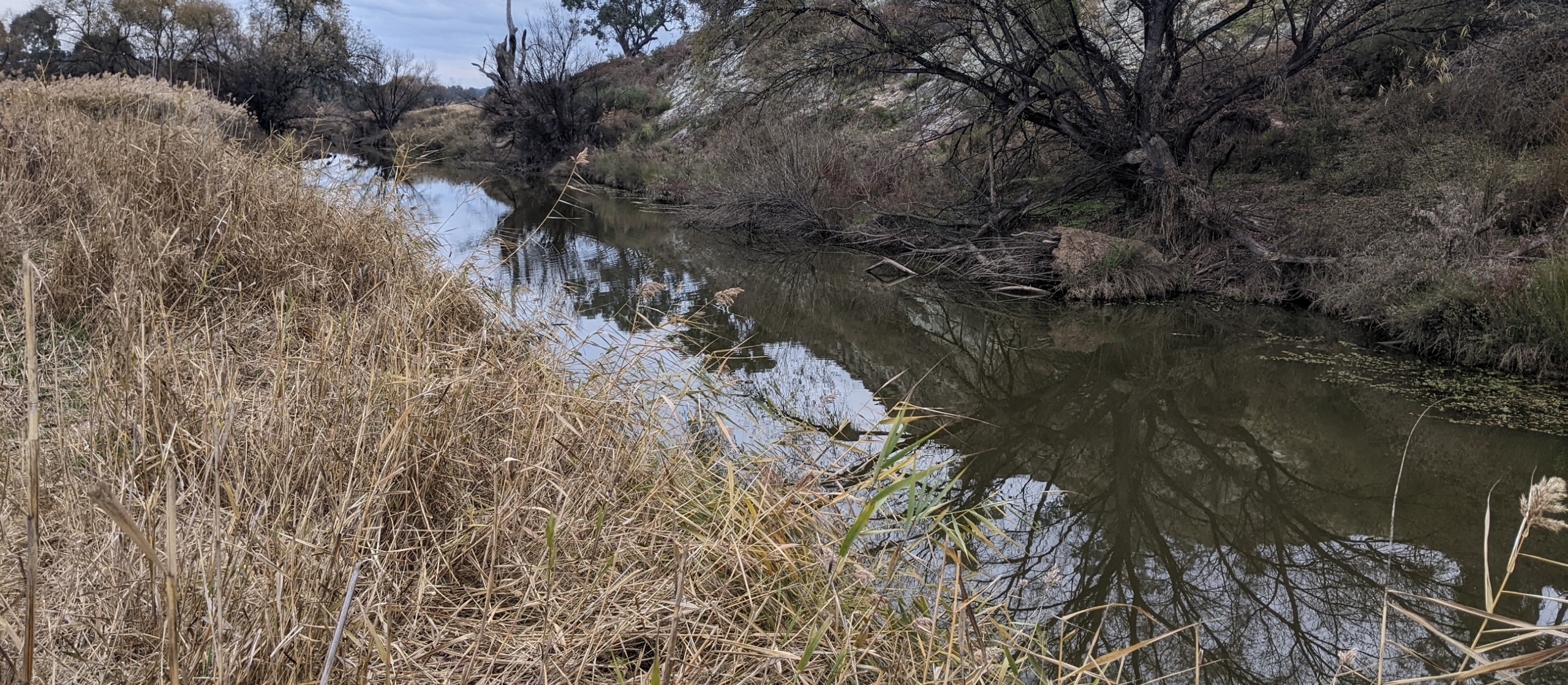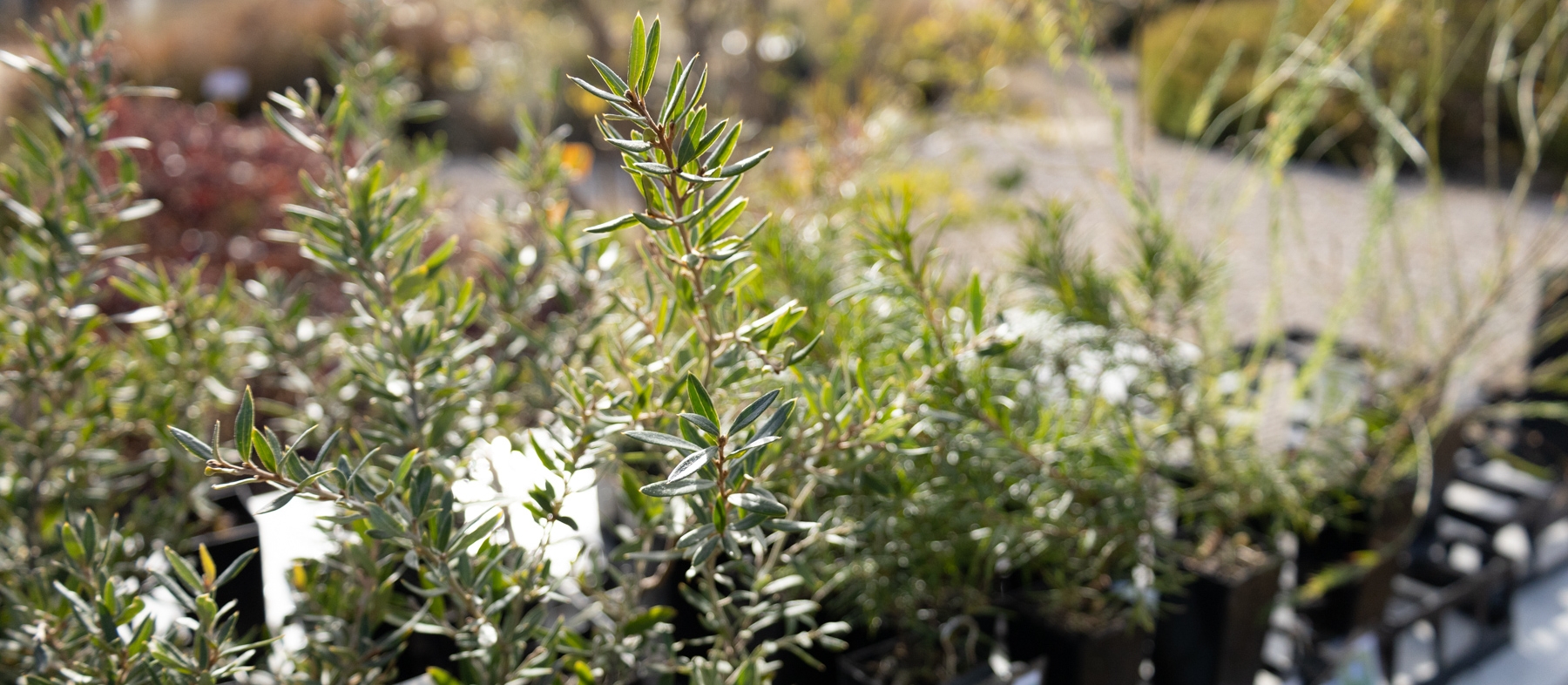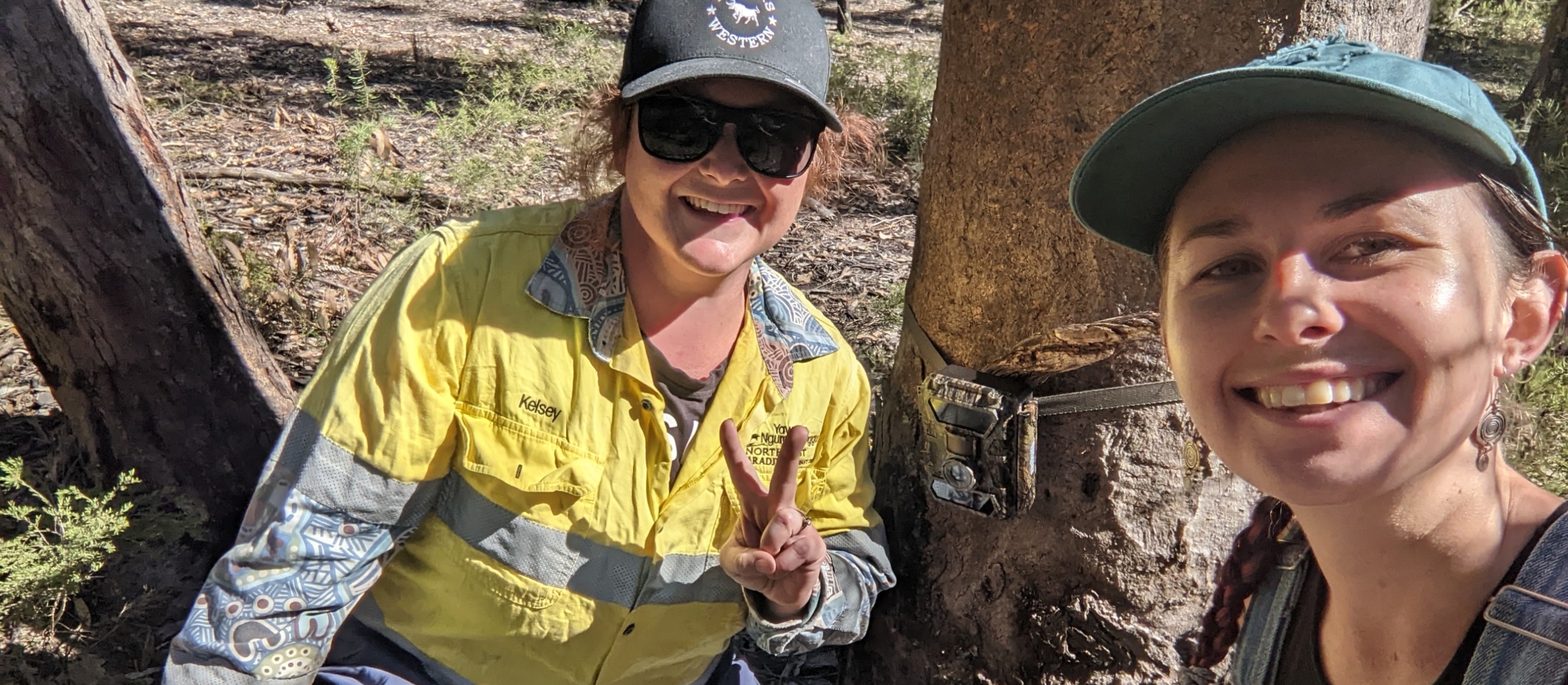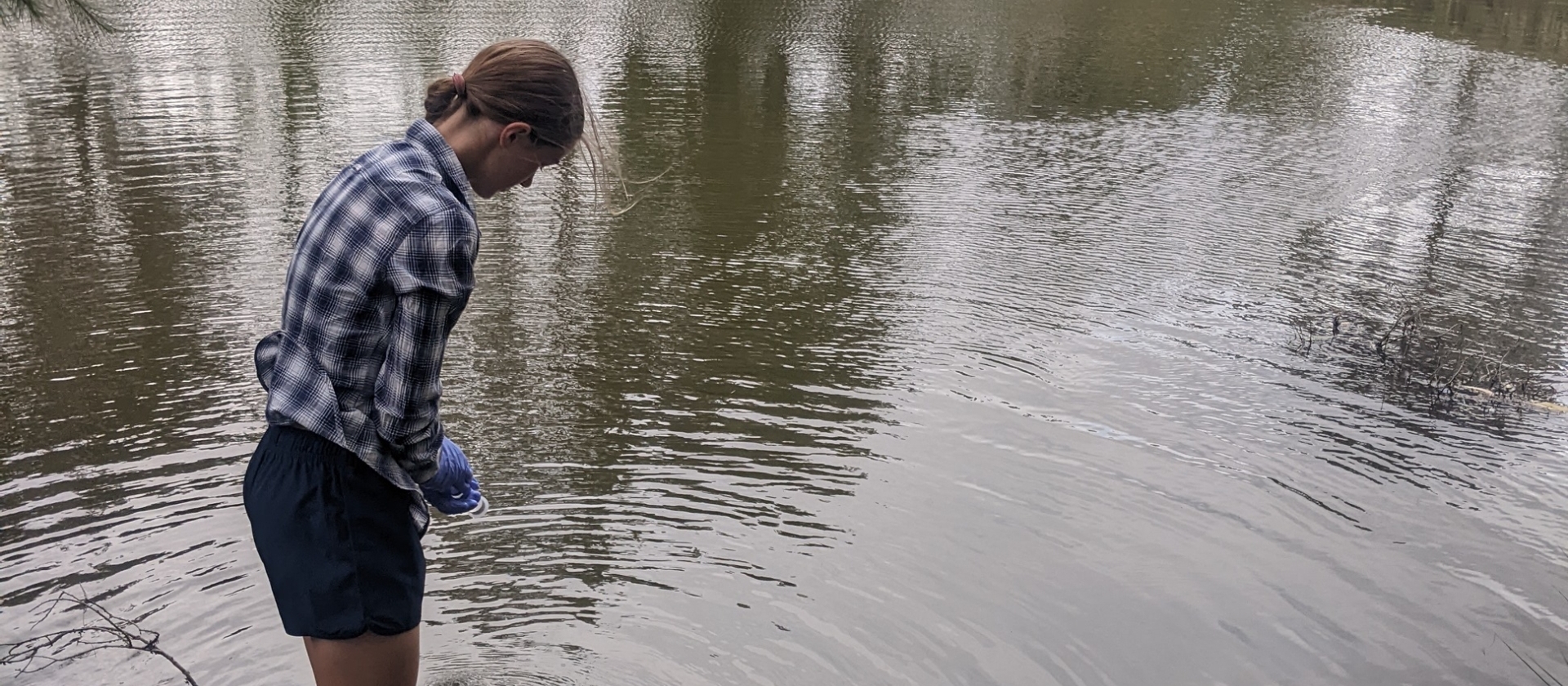The Benefits of Keeping Healthy Farm Dams
Farm dams are a crucial water source for livestock and for natural wetland habitats that have been mostly lost due to cultivation and development. Despite their familiar presence, we know surprisingly little about how management and catchment conditions affect water quality and the wildlife value of dams.
Sustainable Farms, an initiative of the Australian National University, is helping to fill this gap through research focusing on changes in water quality and the presence of wildlife across 125 dams with different management practices.
Traditional dams are often in open paddocks, with stock allowed ready access and often with minimal vegetation nearby. These dams can be easily damaged by erosion and can harbour a build-up of pollutants that can negatively affect stock health. On the other hand, observations demonstrate that enhanced dams are likely to have cleaner water, and provide refuge for many native animals, including birds, frogs, dragonflies, and predators that help control pests.
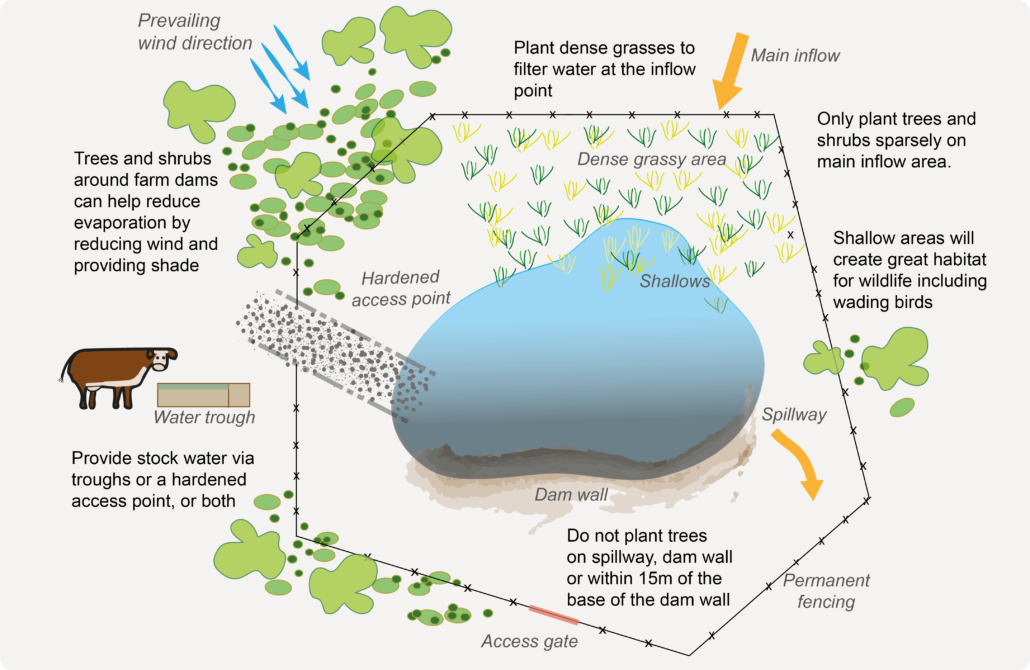
There are several simple improvements that can be implemented in order to see benefits for both wildlife and productivity. The number one change is to fence dams, excluding or limiting livestock access. This reduces fouling of the water by animal waste, and also allows vegetation to grow back around the dam, which encourages more biodiversity, supports better water quality and can reduce evaporation from sun and wind.
Good ground cover around a dam helps filter the water inflow, reducing sediment, animal waste, pathogens and nutrient build-up in the dam. New research from Sustainable Farms suggests that fenced dams with a good buffer of vegetation around the dam are likely to show better results when it comes to water quality, such as the reduced presence of E. coli bacteria that can be harmful to animals health.
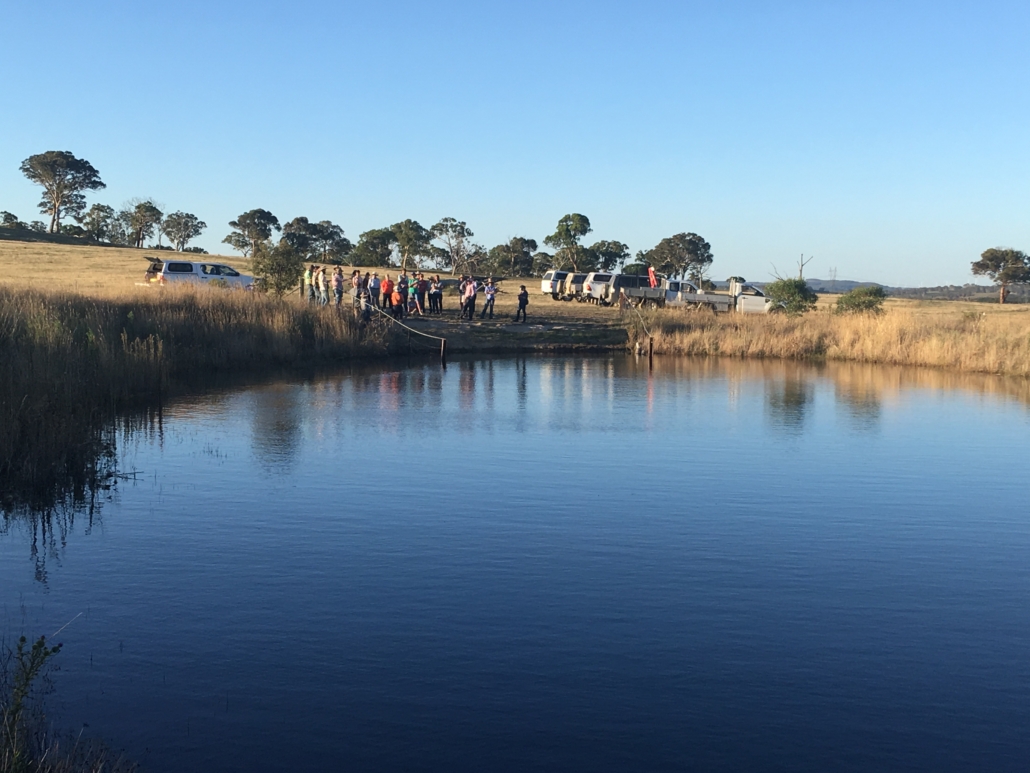 The increased vegetation around dams also supports biodiversity, which can in turn help with nutrient cycling between the dam and the paddocks. For example, birds feeding on frogs and tadpoles in the dam deposit those nutrients back into the surrounding pasture.
The increased vegetation around dams also supports biodiversity, which can in turn help with nutrient cycling between the dam and the paddocks. For example, birds feeding on frogs and tadpoles in the dam deposit those nutrients back into the surrounding pasture.
This exciting and innovative research about the economic and environmental benefits of changing the way we manage our farm dams is ongoing. Sustainable Farms have more information and resources on their website – go to sustainablefarms.org.au to find out more and get your free copy of ‘Ten ways to improve the natural assets on a farm’.



